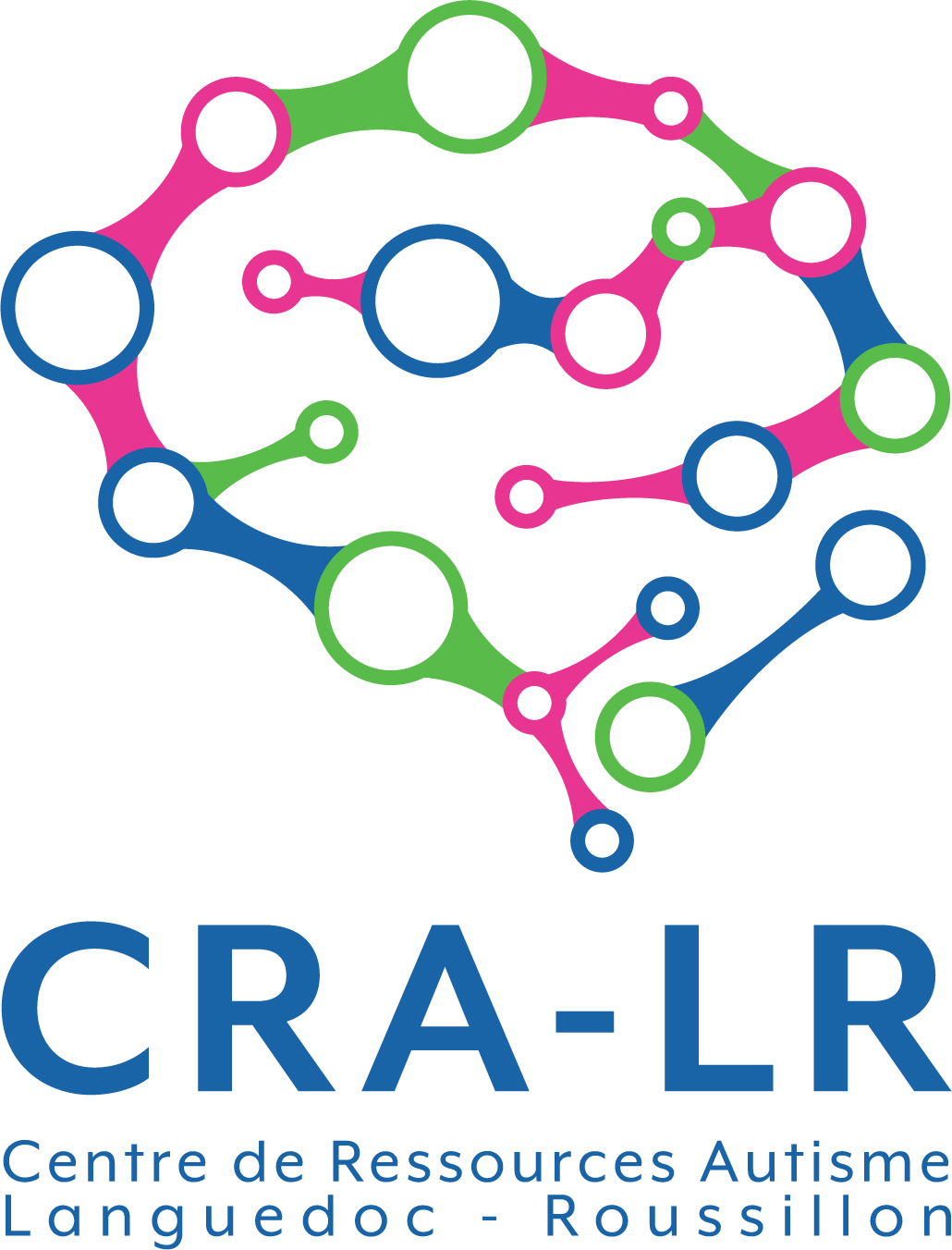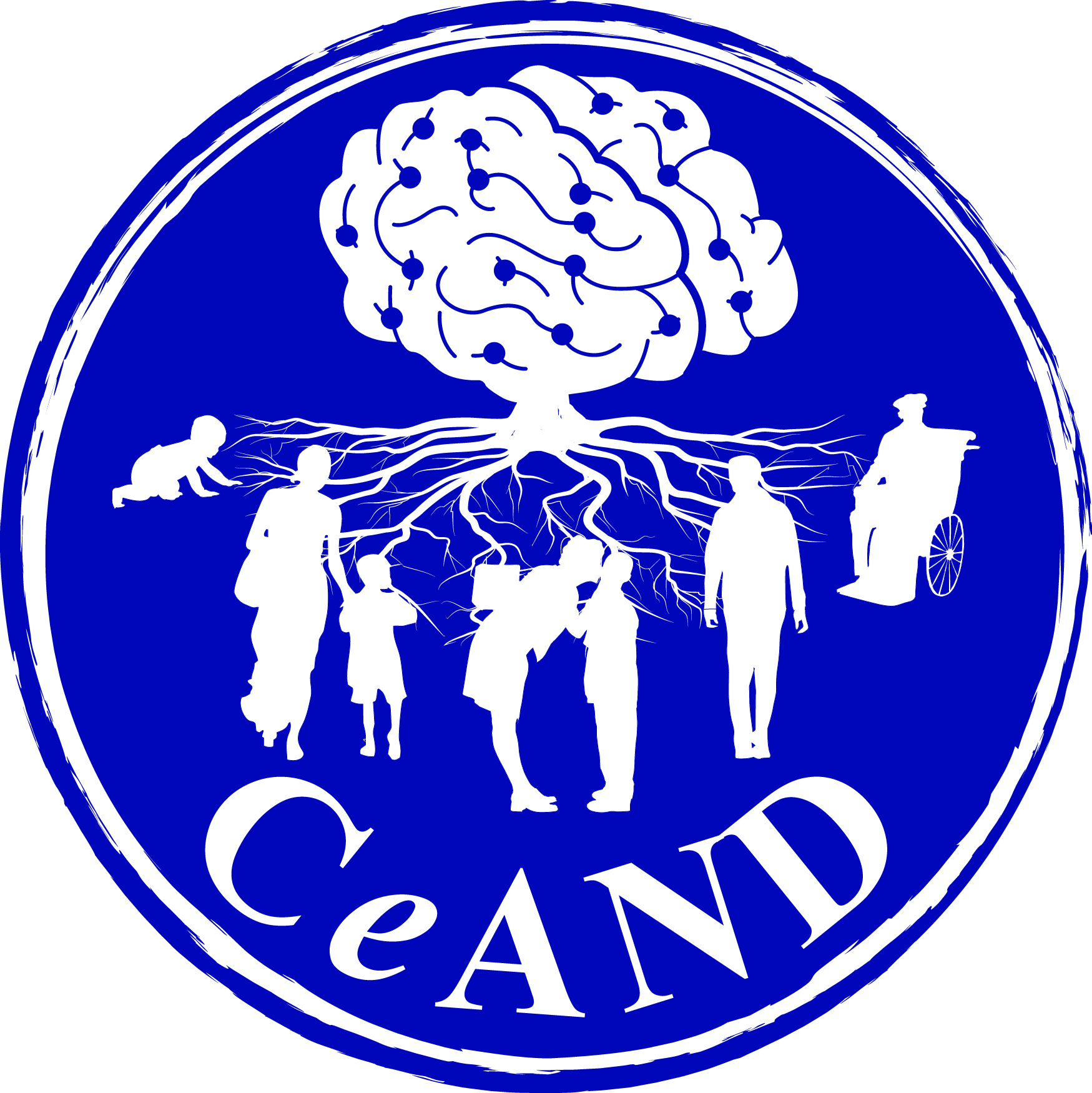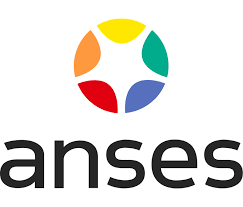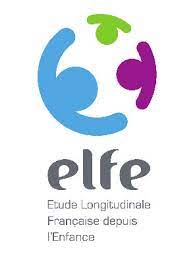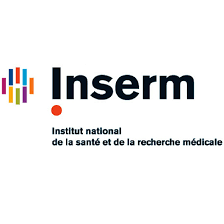Background
Although the strong role of genetic factors in autism  spectrum disorders (ASD) is well established, there is increasing evidence that environmental factors may also contribute to the risk of developing ASD, in particular, through very early exposure, when the developing brain is highly vulnerable.
spectrum disorders (ASD) is well established, there is increasing evidence that environmental factors may also contribute to the risk of developing ASD, in particular, through very early exposure, when the developing brain is highly vulnerable.
Epidemiological studies in the USA and Canada have recently shown an association between pre- and postnatal exposure to high levels of air pollution and an increased risk of presenting with ASD later in childhood. It is yet to be determined whether environmental exposure is also a risk factor for ASD in Europe. This is a crucial question, because no cure currently no cure for ASD. Hence, the identification of any modifiable risk factor remains the most promising way to control this neurodevelopmental disorder.
Objective
The main objective of the ETAP-ASD project is to determine whether exposure to ambient air pollution is associated with the risk of ASD in France. More specifically, we are studying:
Methods
ETAP-ASD combines data from both the ELENA cohort and the Elfe cohort (French longitudinal study since childhood). Elfe recruited 18,329 children in the general population at the time of their birth in 2011 throughout France. The children's development and evolution have been followed through interviews and questionnaires at different ages during their lives.
Levels of exposure to particulate matter (PM) in the air at the residential address of the children's mothers of the ELENA and Elfe cohorts during their pregnancy are currently being estimated. The exposure level estimates are provided by innovative predictive statistical models that rely on PM measurements recorded at 200 air quality monitoring stations in France, satellite data providing the optical depth of aerosols, meteorological data, and land use data.
PM exposure levels will then be compared between children with ASD from the ELENA cohort and those from the Elfe cohort who have not presented any ASD symptoms but who have identical sociodemographic characteristics (sex and year and region of birth).
Partners
This project is led by the Montpellier University Hospital and is coordinated by Pr. Amaria Baghdadli. ETAP-ASD is funded by a grant from the National Agency for Food, Environmental, and Occupational Safety (Anses).
It relies on a close collaboration with the Elfe team (The Elfe survey is a joint effort of the National Institute for Demographic Studies (INED) and the National Institute for Health and Medical Research (Inserm)) and the environmental epidemiology team focused on reproduction and respiratory health (Inserm U1209).
Crédit photo : ©PxHere


